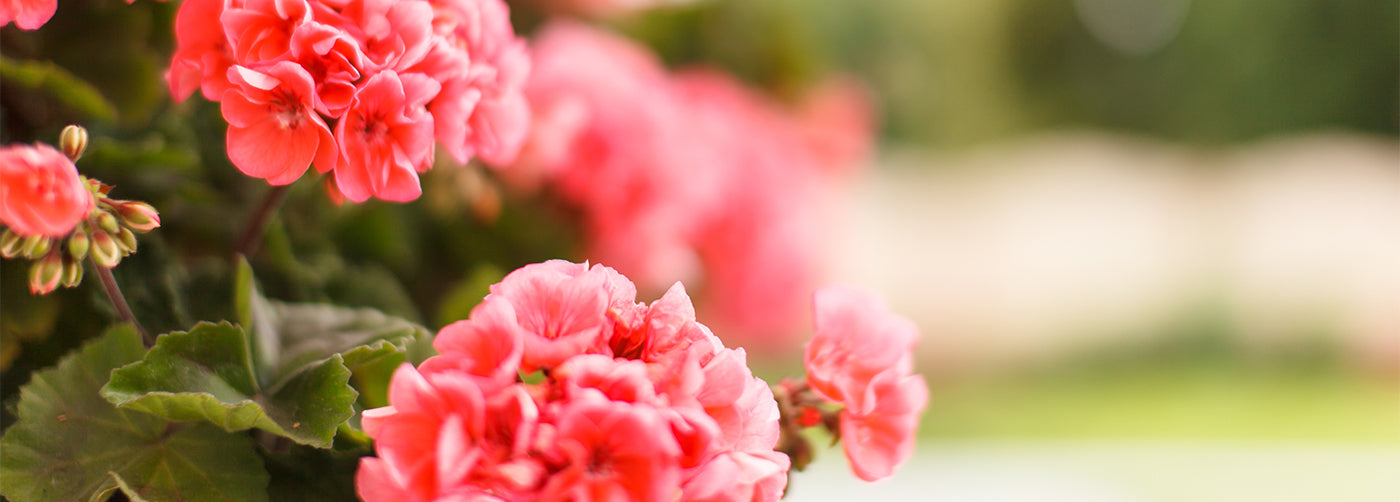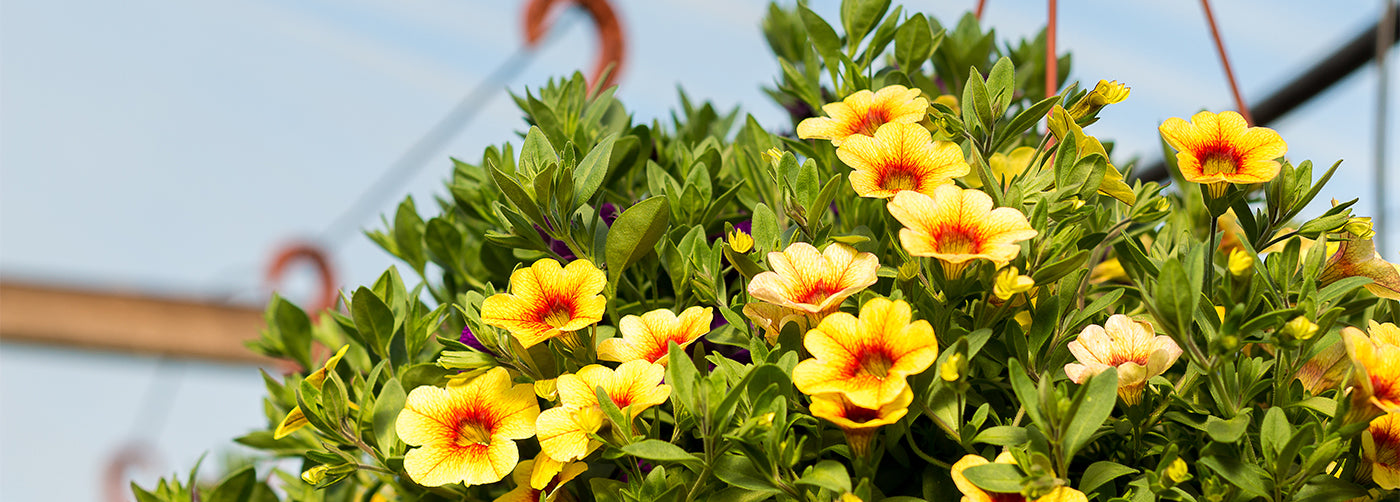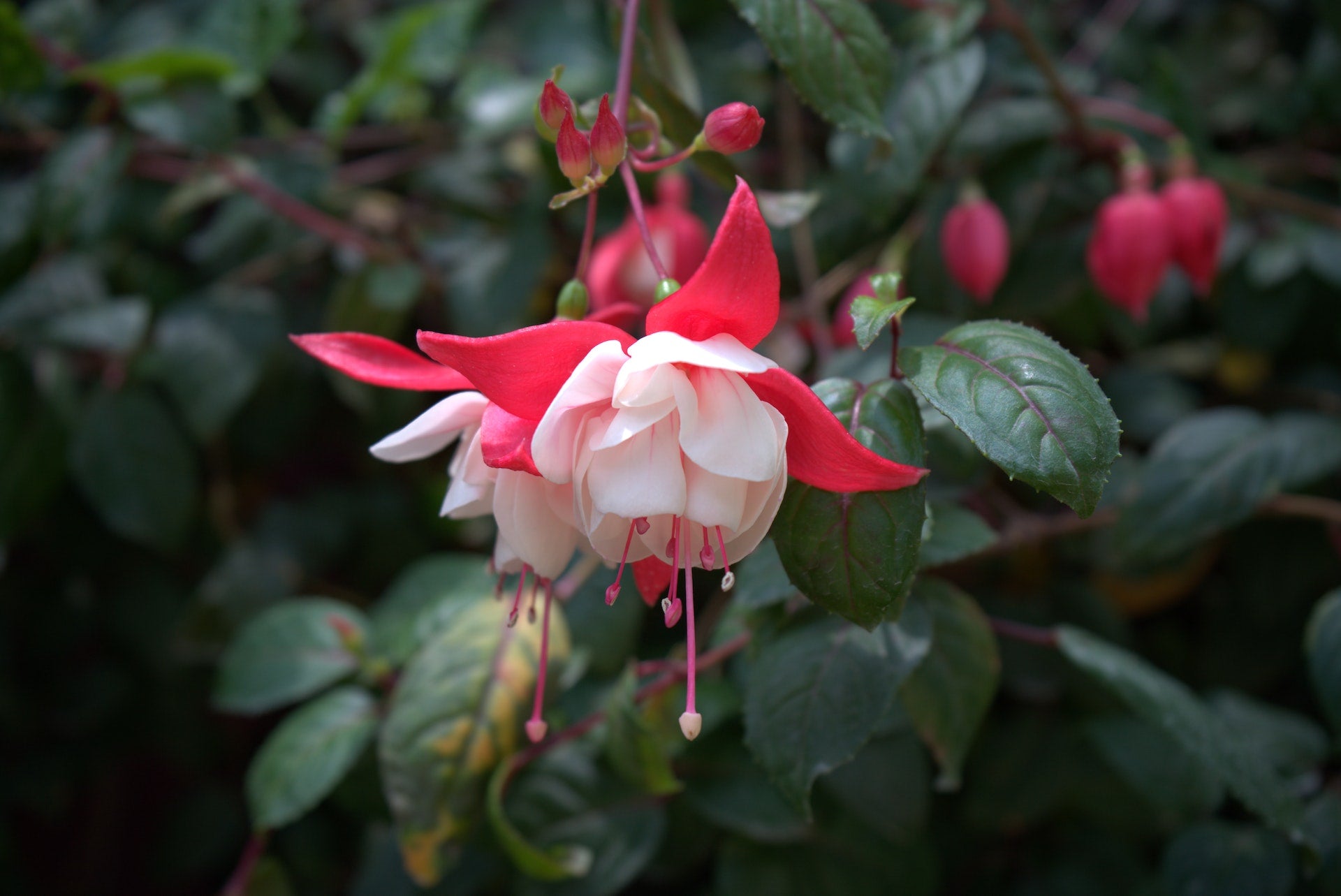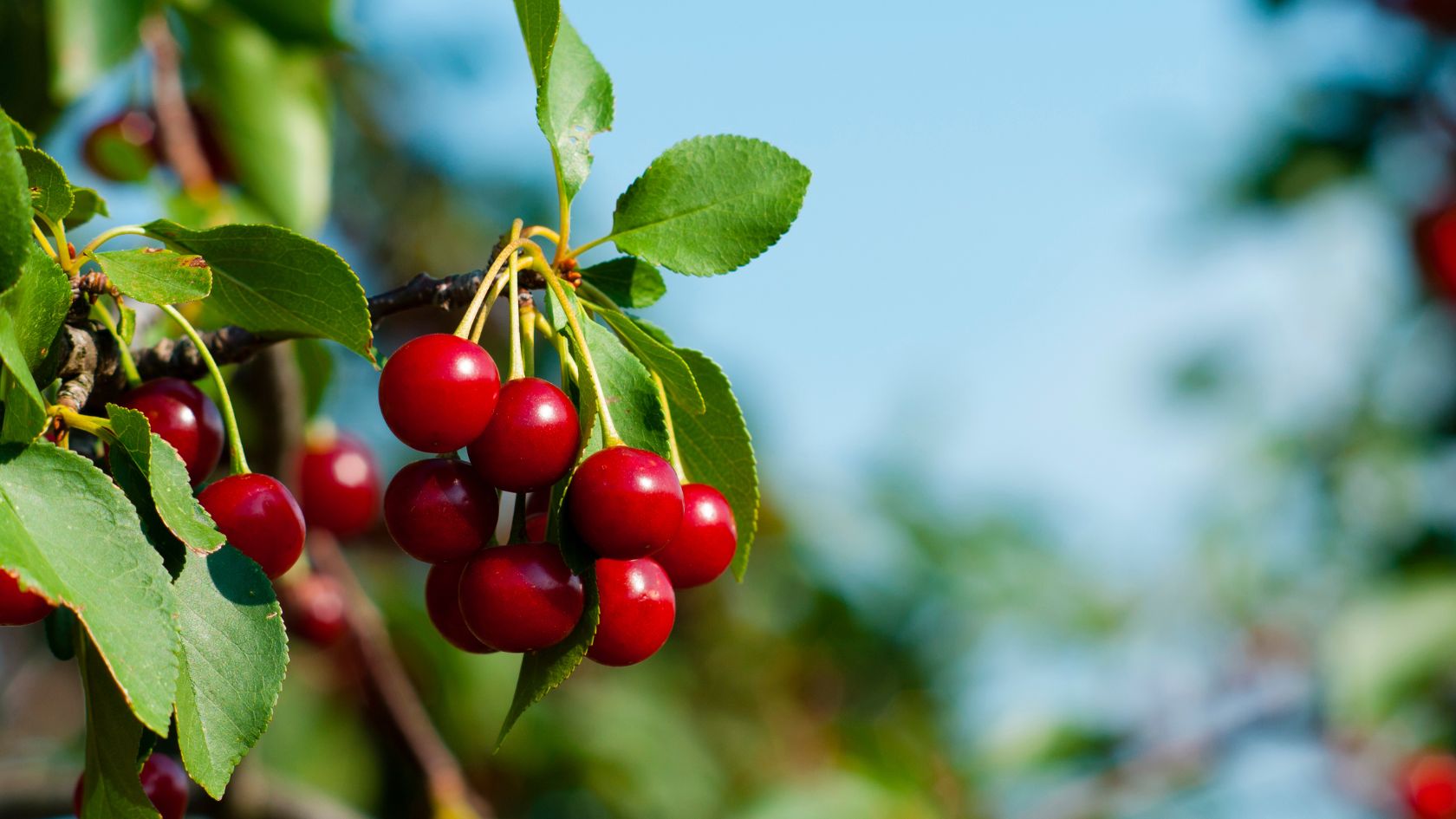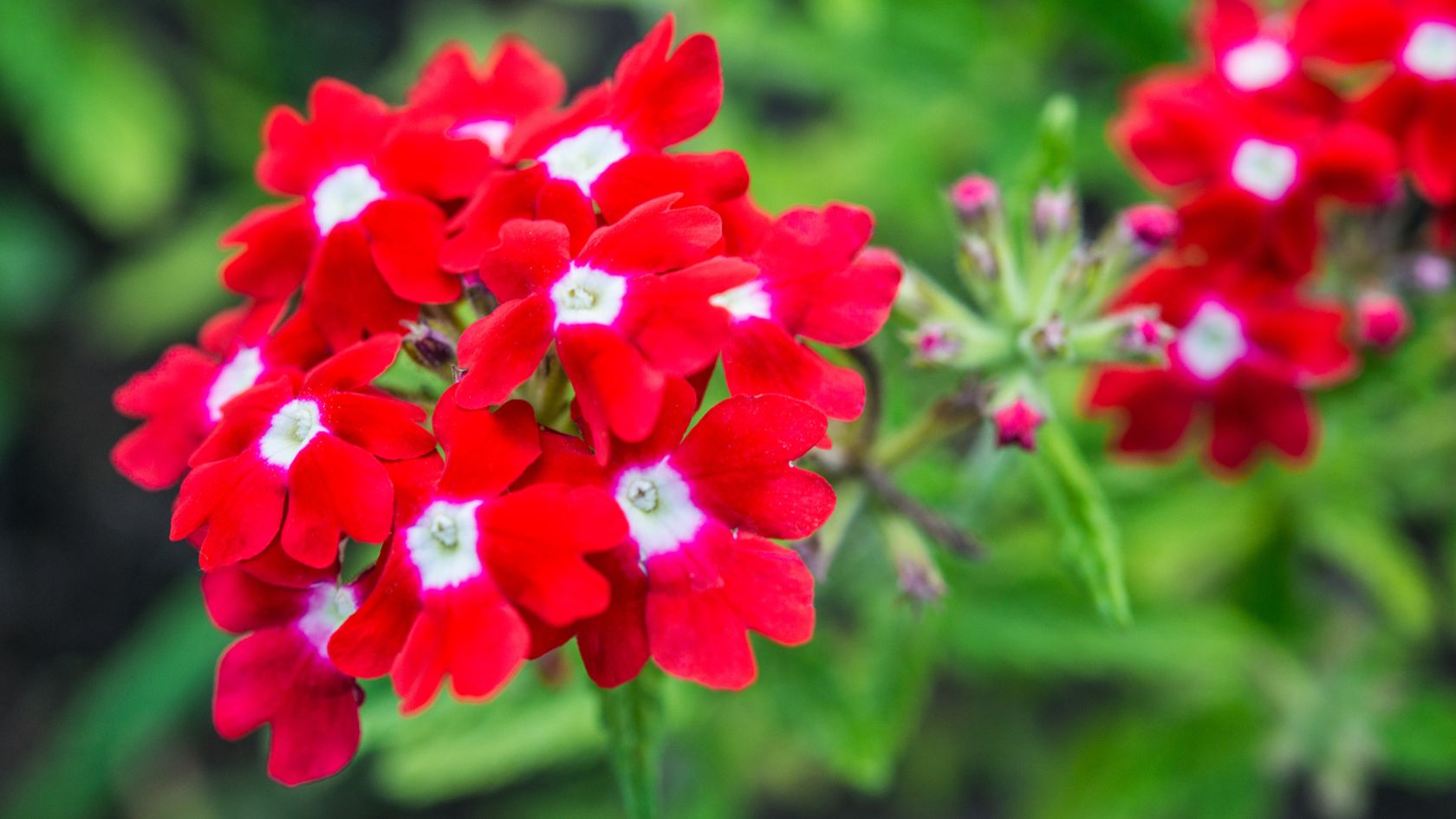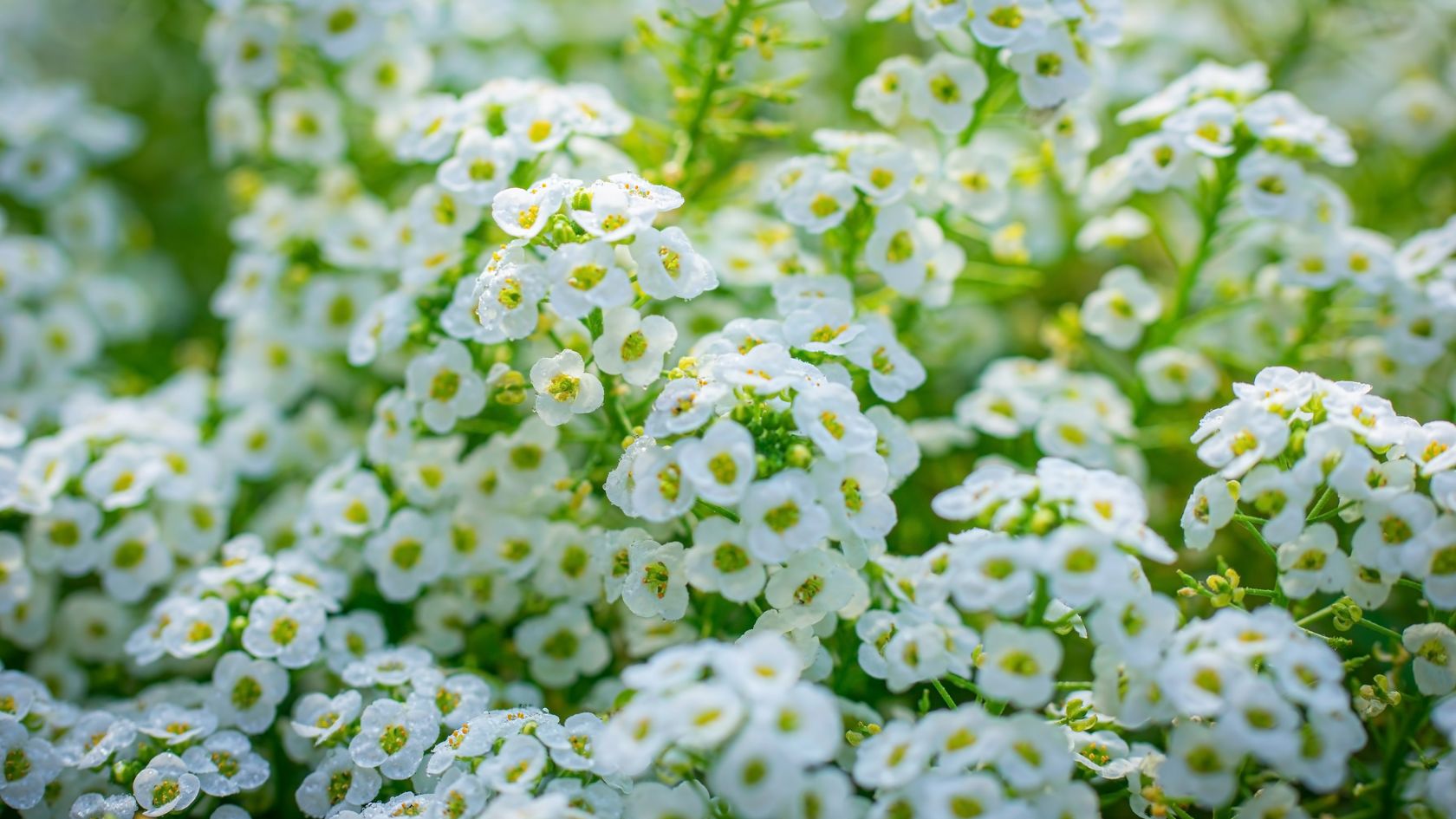Fuchsia flowers are renowned for their stunning beauty and vibrant colors. These delicate plants, native to South America, are a popular choice for gardeners looking to add a touch of elegance to their outdoor spaces. Caring for fuchsia flowers requires some attention and specific considerations to ensure they thrive and produce abundant blooms. In this blog, we will explore the essential guidelines for successfully nurturing and maintaining these enchanting plants.
- Selecting the Right Location: When it comes to growing fuchsia flowers, the right location is crucial. Fuchsias thrive in partial shade or filtered sunlight, as direct exposure to intense sunlight can scorch their delicate leaves. Look for an area in your garden that receives morning sunlight and afternoon shade. Alternatively, you can grow fuchsias in containers and place them in a location that offers dappled sunlight.
- Soil and Planting: Fuchsias prefer well-draining soil that is rich in organic matter. Before planting, prepare the soil by incorporating compost or well-rotted manure to improve its fertility and drainage. Ensure the soil remains consistently moist but not waterlogged, as excessive moisture can lead to root rot. Consider using a good-quality potting mix if growing fuchsias in containers.
- Watering: Maintaining adequate moisture levels is crucial for fuchsia plants. Water them regularly, especially during dry spells or hot summer days. However, avoid overwatering, as it can lead to root rot. Instead, allow the top inch of soil to dry out slightly between waterings. It's advisable to water fuchsias in the morning to allow any excess moisture to evaporate during the day, reducing the risk of fungal diseases.
- Fertilizing: Fuchsia plants are heavy feeders and benefit from regular fertilization. Start by incorporating a slow-release, balanced fertilizer into the soil during planting. Then, every two weeks during the growing season, apply a water-soluble fertilizer specifically formulated for flowering plants. This will provide the necessary nutrients to support healthy growth and abundant blooming.
- Pruning and Pinching: Pruning and pinching are essential for maintaining the shape and promoting bushier growth in fuchsia plants. Regularly pinch out the growing tips of young plants to encourage branching and prevent legginess. Throughout the growing season, remove any dead or diseased branches, as well as spent flowers, to divert the plant's energy into new growth and blooming.
- Winter Care: In regions with frosty winters, fuchsias are typically grown as annuals or potted plants that are brought indoors for the winter. Before the first frost, prune the plants back to about one-third of their height and transfer them to a cool, well-lit location. Water sparingly during the dormant period to prevent root rot. In spring, as the risk of frost passes, reintroduce the plants outdoors and resume regular care.
- Pest and Disease Control: Fuchsia plants can be susceptible to certain pests and diseases, such as aphids, whiteflies, and fungal infections. Regularly inspect your plants for signs of infestation or disease, and promptly take appropriate action. Use organic insecticides or natural remedies to control pests, and provide adequate air circulation and avoid overhead watering to prevent fungal diseases.
Caring for fuchsia flowers can be a rewarding and enjoyable experience. By providing the right growing conditions, including proper lighting, well-draining soil, regular watering, and fertilization, you can ensure the health and vibrancy of your fuchsia plants. Remember to prune and pinch regularly, protect them from harsh winter conditions, and address any pest or disease issues promptly. With proper care, your fuchsia plants will reward you with an abundance of captivating blooms, enhancing the beauty of your garden or patio.


